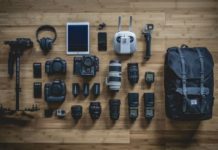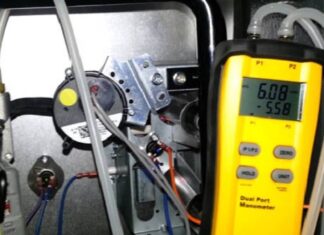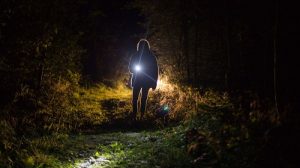
It’s been said that it’s better to light a single candle than curse the darkness. This Chinese proverb suggests that one should take the matter into their own hands rather than complain about a certain problem. But if your problem is darkness quite in the literal sense, you’ll probably be much better off with a powerful torch instead of a candle.
The Purpose of Search and Rescue Lights
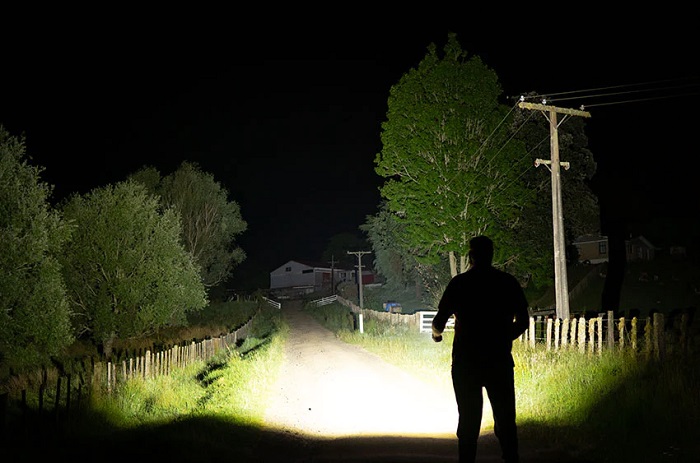
Whether you’re preparing for an outdoor adventure or following up on a call for help, having one of those rugged, high-output search flashlights can be a lifeline when dusk starts to envelop your surroundings. These torches are capable of tearing a hole into the night, making them essential for both SAR teams and survivors.
During ground search missions, responders can come across various challenges that affect their ability to see, not just at nightfall, but also with smoke, fog and other conditions that limit visibility. On the other end, there are those potentially in distress, waiting to be found by search teams, or anyone that happens to be in their proximity.
Whether helping someone or helping yourself, long-throw high-performance search and rescue lights can be your proverbial candle mentioned above. You can use them to illuminate your surroundings while looking for clues or to attract the attention of rescuers or other people in the area. If you’re looking to add a rescue flashlight to your gear, here are some important things to consider to ensure you make an informed decision you won’t regret when dealing with the unexpected.
Brightness
When it comes to lights, the brightness level is measured in lumens. That’s why “how many lumens do I need for search and rescue” is the first question most people have when buying this type of flashlight. Although this will greatly vary in specific conditions and terrains, those in the know recommend that you should look for 3000 lumens and up.
Beam Distance
This factor determines how far the light will reach in the distance. Because of the nature of SAR operations, it’s advised to select a flashlight that offers a strong, long throw of 350m and up. It should be noted that some lights on the market come with a dual beam, offering spot and flood projection so you can adapt the illumination to your needs, more of that in a second.
Light Modes and Special Features
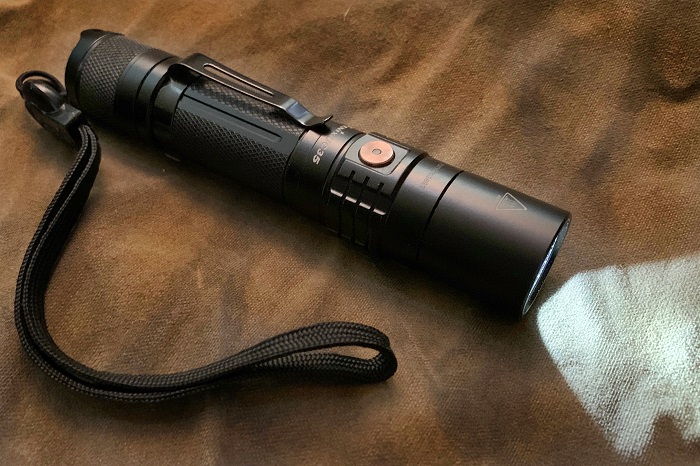
Not all search flashlights have the same specs, meaning their functionality and price will vary accordingly. Some more advanced models may feature adjustable brightness, several light modes, and RGB colours.
Adjustable Brightness
Brightness adjustability is a valuable feature to have because it allows you to adapt the light intensity to different conditions and environments. Not having to use the light at full capacity at all times also allows for better conservation of battery.
Light Modes
Apart from the high, medium and low settings, some flashlights may offer strobe or SOS light modes. Strobe lighting is a flashing mode that’s particularly useful for attracting attention or signalling for help.
RGB Colours
You surely know that the RGB refers to the capability of the flashlight to produce red, green and blue colours. But do you know that different colours may have distinct uses? For instance, the red light is often used to alert other team members about potential danger or to signal others that you’re in danger.
The green light allows you to see better in low-visibility conditions without disrupting nocturnal wildlife, whereas the blue colour does a great job of cutting through the fog.
Durability
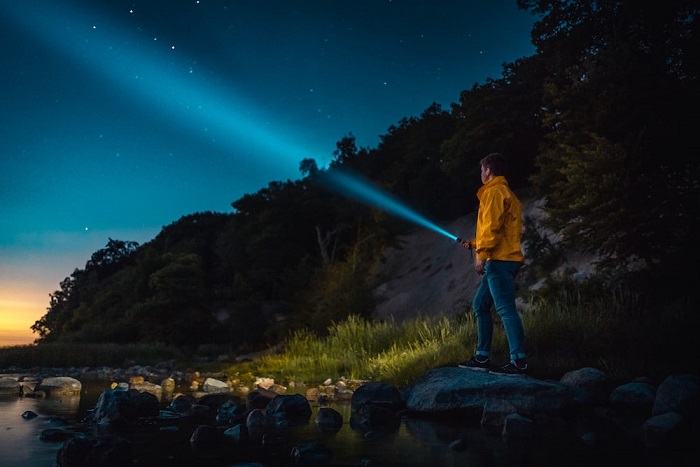
This is a key factor to consider when choosing your search and rescue flashlight. Since SAR equipment is often exposed to the elements and subjected to rough use, it’s best to look for built tough and built-to-last torches with waterproof and shockproof qualities.
Weight and Size
Size-wise, opt for a lightweight and compact flashlight that allows for easy and intuitive one-hand operation. This factor shouldn’t be overlooked since you’ll probably need to hold your flashlight for an extended period.
Another solution is to look for torches compatible with straps or clips so you can attach them to your persona for hands-free operation. However, choosing a compact light is important for another reason. When not in use, a compact torch will fit your bag or backpack without adding unnecessary weight or bulk.
Run Time
Accidents and disasters can leave you stranded for hours or more. Likewise, search and rescue missions can take time. That’s why it’s vital to choose a flashlight with a reliable and long-lasting battery. Some of the higher-end models available on the market incorporate large-capacity batteries that can last up to 15 days.
Now that you know what to look for in a flashlight for search and rescue applications, it’s time to explore and compare different brands, models and prices to find the ideal solution for your needs and budget.











